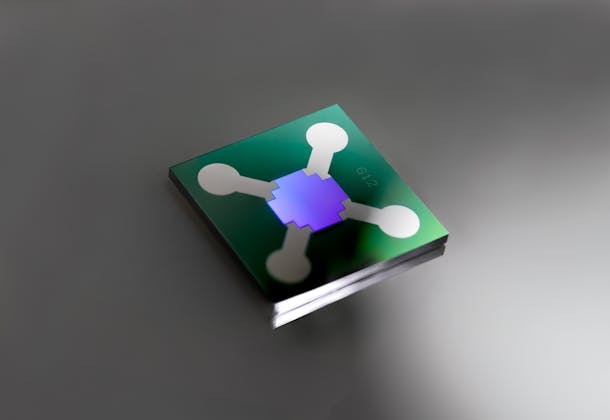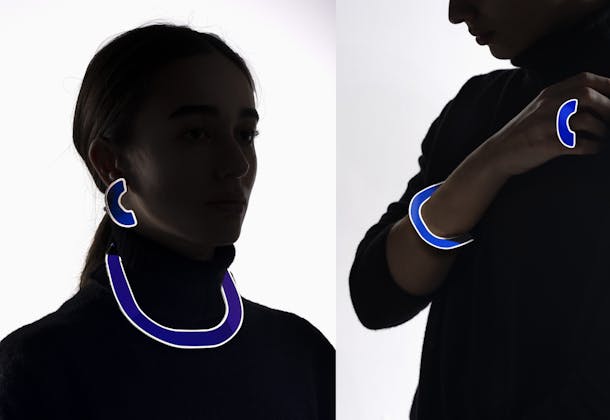Watch movements contain numerous parts. Some of the main ones are a balance wheel, a bridge to hold the balance wheel in place, a balance spring and a stud to attach the balance spring to the bridge. The balance spring is what causes the balance wheel to move back and forth in an oscillating manner.
These parts are generally made out of metal. However, in more recent watches, the balance springs are often made of monocrystalline silicon. Unfortunately, these silicon components can’t be set in the same manner as metal ones – that is, with a pin attached to the stud.
To get around this problem, CSEM engineers drew on a technique used widely in microelectronics and microsystems engineering to develop a new method for assembling the stud and balance spring. In those two fields, it’s common to deposit a protective coating on silicon chips, such as those containing sensors and integrated circuits, using an eutectic bonding process between pure gold and a gold-tin alloy. This process creates a uniform bond that solidifies at a constant temperature.
The resulting system has a relatively low melting point that can be withstood by the various components intended for assembly. The CSEM engineers took this technique and adapted it to watchmaking applications, so that it can be used to bond the metallic stud of a watch movement to a silicon balancing spiral.



